Suppose you need to start a fire, it’s been raining, and all the sticks are wet.
Here’s how to find and make dry fire starting materials.
by Leon Pantenburg
It had rained hard all afternoon. I was in my tent, field testing a sleeping bag, when I was awakened by the rain stopping. The rain was part of a nine-day canoe trip in the Boundary Waters of northern Minnesota, with a bunch of Boy Scouts.
Outside, one of the scouts was tasked with starting the evening campfire. But the rules were that he had to use a traditional flint-and-steel kit, and only natural materials found in the surrounding area. He walked out into the dripping forest, and picked the driest sticks he could find.
There weren’t many. But several feather sticks were made, and very quickly, a blazing campfire was going.
Making a feather stick is a survival firemaking skill that goes back to pre-history. The concept is simple: Whittle shavings off a stick, but leave them attached. The shaving stay dry, and ignite easily. The whole concept is easy.
But like everything, there is usually a more efficient way of doing things.
Here are five tips for making better feather sticks.
Find a soft wood, if possible: Pine, willow, aspen and other softwoods are easier to whittle, and ignite easily. Hard woods are more difficult to carve, and take more effort. You’ll have to use what you can find, but in a mixed tree forest, go for the softest wood.
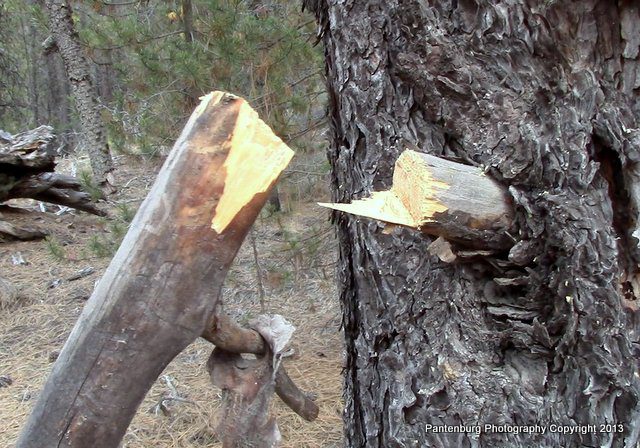
Pitchwood can usually be found at the base of a dead stick on a live pine tree.
Get a dead twig off a tree: If a stick is growing, it is going to be too green to use as an ignition material. In wet areas, the only dry wood may on a standing tree. Locate the dry side of the tree, and only pick sticks that snap crisply when broken. Sticks on the ground will absorb moisture, making them damp.
A bonus with pine trees is that the inch or so of the dead stick next to the living tree may be pitchwood. This is highly flammable and also waterproof.
Whittle long, thin shavings: The thinner the better. Remember, a feather stick is supposed to take your fire from the first ignition to a blaze. Don’t carve thick shavings.
Use a sharp knife: This sounds like one of those “well, duh…” pieces of advice. But until you’ve tried it, you can’t appreciate how hard it is to shave wood strips with a dull knife. Ditto with a serrated blade. If you’re going to get a knife that will be used for a lot of bushcraft and woodworking, get a blade with a scandi or convex grind. IMHO, these are the best edges for woodworking.
Make several feather sticks before trying to start the fire.
This fire starting technique is hardly rocket science, and anyone can do it with just about any knife. Incidentally, making feather sticks is a great way for younger kids to get started wood carving. Once the youngster learns safe knife handling, put him/her to making a bunch of feather sticks, and then let them start the campfire.
Please click here to check out and subscribe to the SurvivalCommonSense.com YouTube channel, and here to subscribe to our email update – thanks!
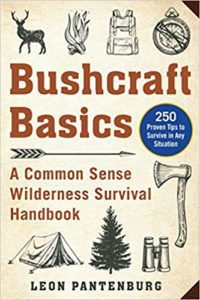
Order your copy now!

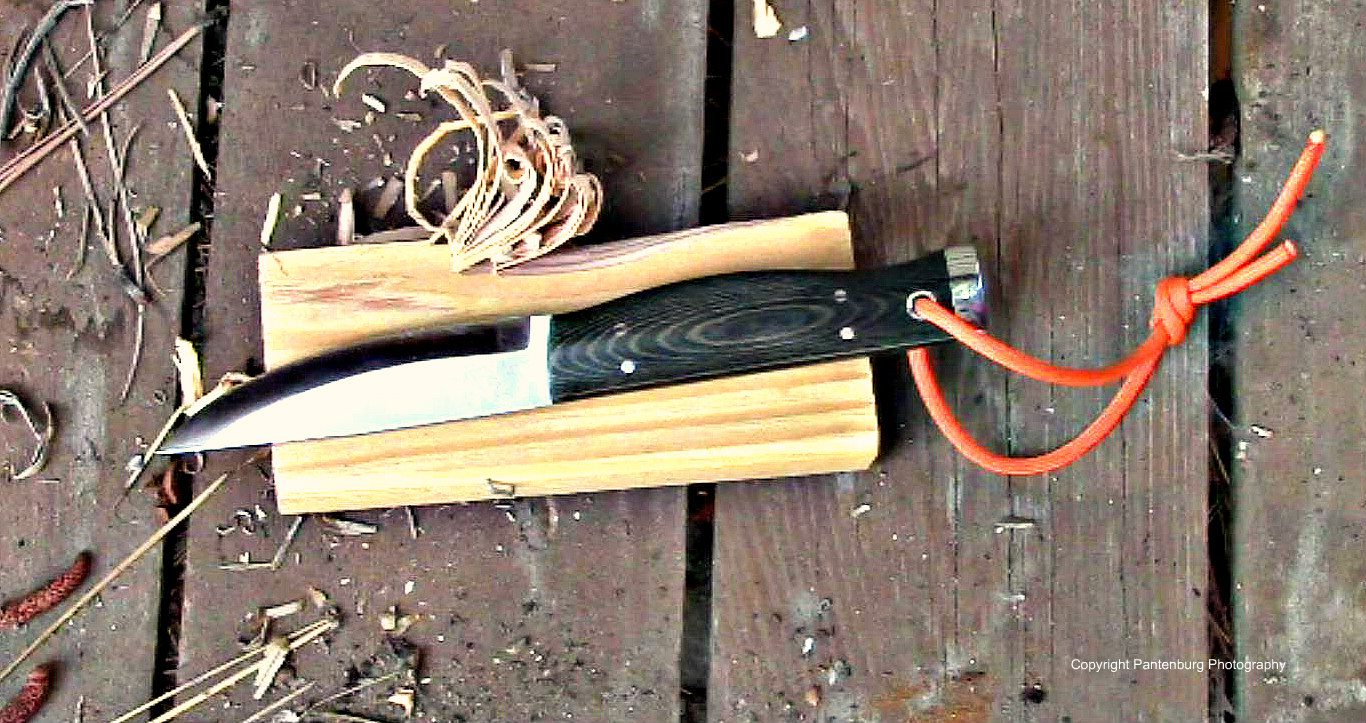
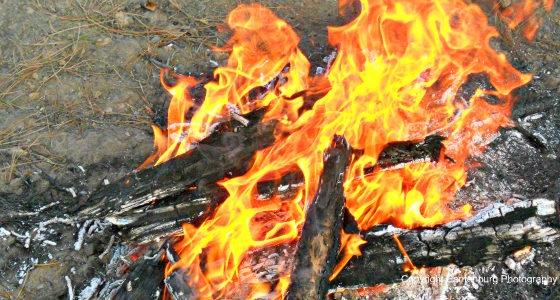
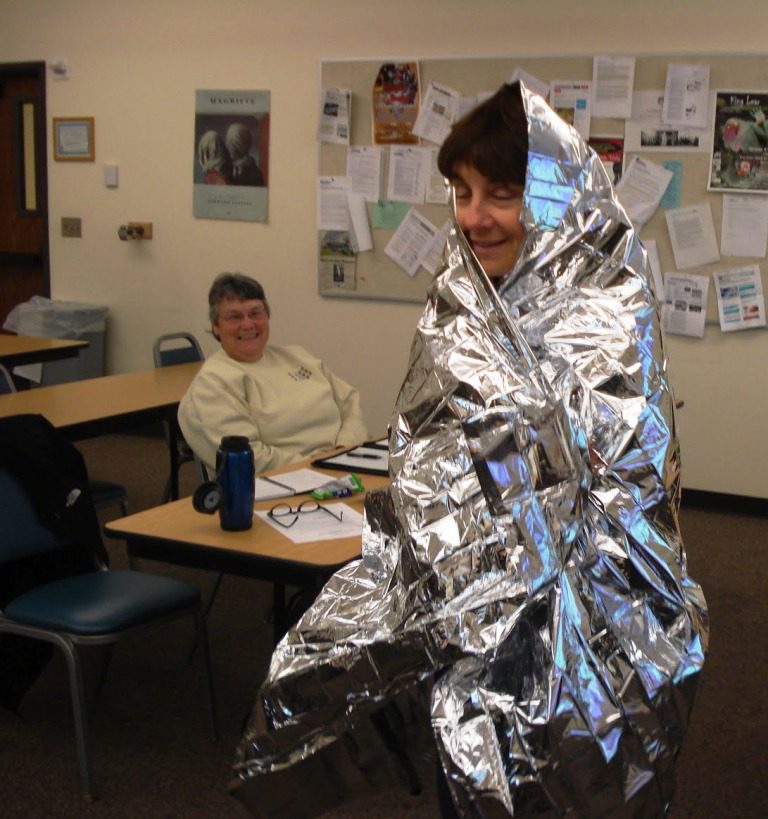
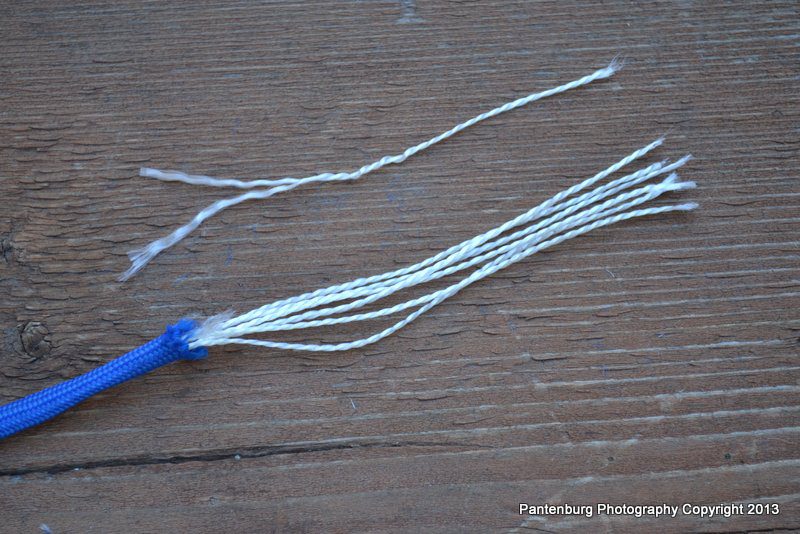
Leave a Reply